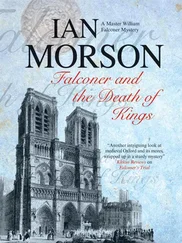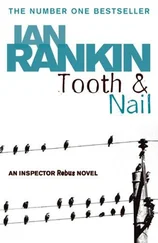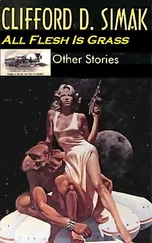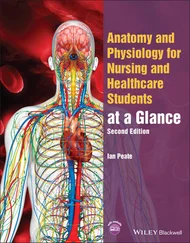in this way suffers very much less damage. It is clear that unless the grazing is exceptionally close as a result of many animal mouths to the acre or continuous stocking, only the leaves will be removed and all the stems and buds will be left intact and able to continue their growth with comparatively little check. Grasses can therefore withstand repeated grazing and treading by stock. In the face of such grazing, grasses obviously have a great advantage over other taller-growing plants; indeed, except where drought or extreme exposure prevents the growth of taller plants, grassland exists mainly because of grazing. If there were no grazing animals there would be, in a climate like that of Britain, very little grassland, only scrub and forest.
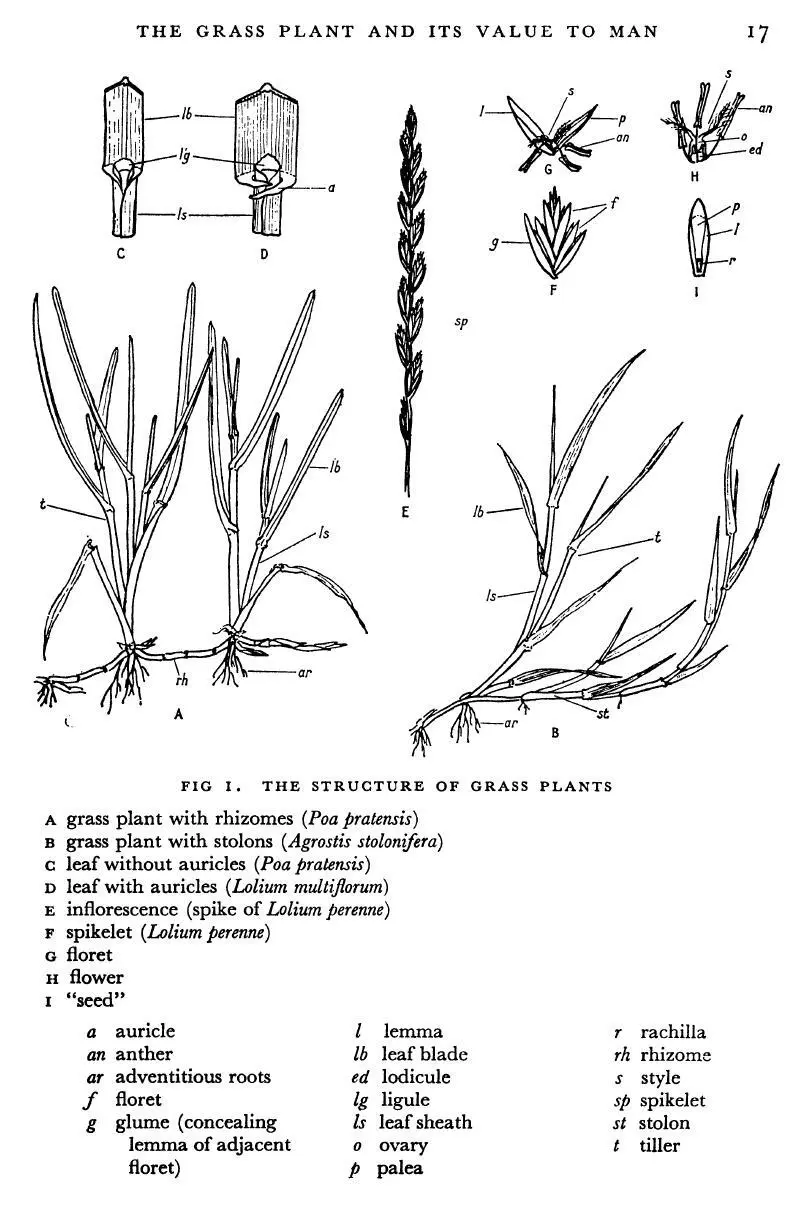
Grass shoots do not, however, remain indefinitely in this vegetative stage; eventually they change to the flowering condition. When this occurs the stem apex ceases to produce new leaves and instead forms a rudimentary inflorescence. Once this change has taken place in a shoot, it produces no more new leaves and no more axillary shoots or tillers; the inflorescence develops, the stem elongates to bring it up above the level of the leaves, the flowers are pollinated, the fruit ripens and is shed, and the whole shoot dies. Growth of the plant is then continued by other tillers which are still in the vegetative state. The change from the vegetative stage to the flowering stage is usually a response to length of day; most British grasses are “long day plants” and so these changes take place in them as the days lengthen from spring to early summer.
The tiller must, however, have reached a certain size before it can respond to the increasing hours of daylight and this size varies in different grasses. If a small tiller can respond, then all the tillers will reach the necessary size during the year, before the days become too short again. In this case therefore all tillers will flower and die. Thus there will be no vegetative tillers left to continue growth and the plant behaves as an annual. If, however, the tiller cannot respond until it has reached a larger size, it will not flower until the late summer (aftermath flowering) or it may not flower that year. If, as is true of some grasses, a period of low temperature is necessary before response can take place, flowering will be delayed until the following spring. Meantime, the tiller, while still in the vegetative condition, will have produced further tillers so that the plant behaves as a long-lived perennial. Such plants produce some flowering shoots each year but always remain sufficiently vegetative to ensure continued growth.
With few exceptions grasses have fibrous roots—in some species they are tough and cord-like—which arise adventitiously from the lowermost node or nodes of the stem. This capacity of grasses to produce numerous fibrous roots is of prime importance for it means that grasses, unlike plants with a main tap root, have great powers of recovery after injury. When the main tap root of such a plant is injured the plant probably dies; root injuries to grasses on the other hand may even stimulate new growth. Thus severe harrowing of an old pasture with heavy spiked harrows, which cut into the turf, tears out much of the matted growth, increases aeration, and brings about rejuvenation, with the result that the pasture “freshens up” with new growth. Similarly the groundsman, using “pruning” machines on the sports turf or lawn, encourages new, strong root and leaf development.
The roots of different species vary in length and are equipped with a very great number of root hairs. In some cases, like couch grass, underground, scaly, whitish or brownish creeping stems or rhizomes are formed and both roots and scale leaves are produced from the nodes of these rhizomes. In other cases, like creeping bent ( Agrostis stolonifera ) and rough-stalked meadow-grass ( Poa trivialis ), thin, greenish or purplish, surface-creeping stems or stolons, like strawberry runners, are formed from the nodes, from which fibrous roots and green leaves are produced. Thus rhizomes and stolons are really modified stems, and grasses with such rooting, mat-forming systems cover the ground very rapidly in consequence. Such a characteristic is not always desirable and in some cases it presents serious problems. Any bud-bearing portion of a rhizome which is broken off from the root system can start a new and independent plant. Thus couch grass which can be a very serious weed on some types of arable land, becomes a menace by the very speed with which it reproduces itself. The small pieces of rhizome broken and dispersed in the course of cultivation give rise to new colonies of plants and it is not unknown for the growth of couch to be so great that the intended crop is smothered. Moreover, the diversion of food materials to the formation of such non-photosynthetic and inedible structures as stolons and rhizomes has the effect of reducing the maximum yield, and such grasses as bent and couch are, therefore, most unproductive. The highest yielding agricultural grasses, such as the ryegrasses, cocksfoot and timothy, are tufted, non-creeping species.
The flowering stems (“culms”) of the grasses are usually cylindrical and hollow except at the nodes or joints, where the stem is firm and solid and from where the leaves emanate. Culms vary not only in size, rigidity and number of nodes but may grow erect, prostrate or arise from a curved or prostrate base. The stems are usually smooth and highly polished. The leaves are parallel-veined and arranged in two rows alternating one with another on the stem. Each leaf is composed of a lower portion known as the “sheath” which may form a cylindrical tube enclosing the stem, or may be split, with the margins overlapping one another. Near the ground, the sheath may be coloured red, purple or brown which is constant for each species and constitutes an aid to identification. In some species, only the veins are coloured. The upper portion of each leaf is called the “blade”; this may be flat, rolled up and bristle-like, or folded about the mid-rib with the upper surface inwards, while the blades may be erect, drooping, or at right angles to the sheath. The blade, usually long and narrow with parallel sides or tapering to a pointed or blunt tip, often widens out at its base to form either a ledge or ear-like projections or teeth called “auricles,” which clasp the stem. Where the blade joins the sheath there is usually a membranous outgrowth, called the “ligule,” which may be pointed, blunt or ragged, long or short, or may be represented by a line of hairs. These characteristics afford still further means of identification. The leaves of some grasses are hairy, others free from hairs (glabrous); if present, the hairs may be most abundant on the sheath, on the upper or lower surfaces of the leaf blade or, in some instances, confined to the ribs or margins.
This key to the identification of the commoner pasture grasses by means of their vegetative characters has been compiled to enable the enthusiast when walking over a farm to distinguish the chief species making up the swards. It has been made as simple as possible and deals with only a few of the better known grasses. Readers who wish to identify a much wider range of species should consult Hubbard’s Grasses (1954).
KEY FOR IDENTIFICATION OF COMMON GRASSES WHEN NOT IN FLOWER
| 1 |
Leaf-blades more or less flat, breadth greaterthan thickness. |
2 |
|
Leaf-blades bristle-like. |
17 |
| 2 |
Shoot flat or oval, young leaves folded. |
3 |
|
Shoot round, young leaves rolled. |
7 |
| 3 |
Base of leaf-sheath coloured, blades ribbed onupper surface. |
4 |
|
Base of leaf-sheath white, blades not ribbed. |
5 |
| 4 |
Leaf-sheath red. |
Lolium perenne |
|
Leaf-sheath yellow. |
Cynosurus cristatus |
| 5 |
Leaf-sheath thick, fleshy, blades broad, tapering. |
Dactylis glomerata |
|
Leaf-sheath thin. leaf-blades narrower. |
6 |
| 6 |
Leaves tapering, pale-green, soft; plant perennialwith short creeping stems on surface. |
Poa trivialis |
|
Leaves parallel-sided, dark-green, stiff; plantperennial with underground creeping stems. |
Poa pratensis |
|
Leaves short; plant annual, tufted. |
Poa annua |
| 7 |
Hooks (auricles) present at junction of leaf-bladeand sheath. |
8 |
|
Auricles absent. |
11 |
| 8 |
Base of leaf-sheath red; blades ribbed on uppersurface, shiny under surface. |
9 |
|
Base of leaf-sheath white; blades dull, somewhathairy. White creeping stems below ground. |
Agropyron repens |
| 9 |
Plant short-lived, old leaf-sheaths not persisting. |
Lolium multiflorum |
|
Plant perennial, old dead leaf-sheaths present atbase. |
10 |
| 10 |
Plant small, smooth, auricles not fringed. |
Festuca pratensis |
|
Plant large, harsh, auricles fringed. |
Festuca arundinacea |
| 11 |
Plant tufted or only slightly spreading. |
12 |
|
Plant strongly creeping. |
Agrostis sp. |
| 12 |
Leaves without hairs. |
13 |
|
Leaves hairy. |
14 |
| 13 |
Shoot base bulbous, pale, ligule short, pointed. |
Phleum pratense |
|
Shoot base not swollen, old sheaths dark brown, liguleblunt. |
Alopecurus pratensis |
| 14 |
Sheath not split. |
Bromus mollis |
|
Sheath split. |
15 |
| 15 |
Veins of sheath red. |
Holcus lanatus |
|
Veins of sheath not red. |
16 |
| 16 |
Hairs scattered, blade very long, roots yellow. |
Arrhenatherum elatius |
|
Hairs on sheath pointing down. |
Trisetum flavescens |
|
Conspicuous tuft of hairs at top of sheath. |
Anthoxanthum odoratum |
| 17 |
Sheath split; plant tufted. |
Festuca ovina |
|
Sheath not split; plant usually creeping. |
Festuca rubra spp. rubra |
The inflorescence varies widely in the different genera and, if present, is the easiest means of identification. It is made up of a varying number of “partial” inflorescences called spikelets, each of which is composed of one or more flowers, each with two enveloping protective structures, the lemma and the palea. In most cases the grass flowers bear both stamens and pistil but in maize ( Zea mays ), for instance, the male flower is produced in the “tassel” and the female on the “cob” with its greatly thickened axis. Very rarely male and female flowers may be borne on different plants, as in buffalo grass ( Buchloe dactyloides ). The form of inflorescence is determined according to the way spikelets are arranged on the stem. The spikelets may be borne directly on the main axis to form a spike as in the ryegrass or couch grass; they may be borne on simple branches to give a raceme, as in false brome ( Brachypodium spp.), or, as in the majority of grasses, borne on secondary, tertiary or even more sub-divided branches to give a panicle. The length and stoutness of the branches provide a wide variety of panicles between the extremes of an erect, close inflorescence, superficially resembling a spike, as in foxtail ( Alopecurus spp.) or timothy, and one which is long and drooping, loose and spreading, like the bromes.
Читать дальше




